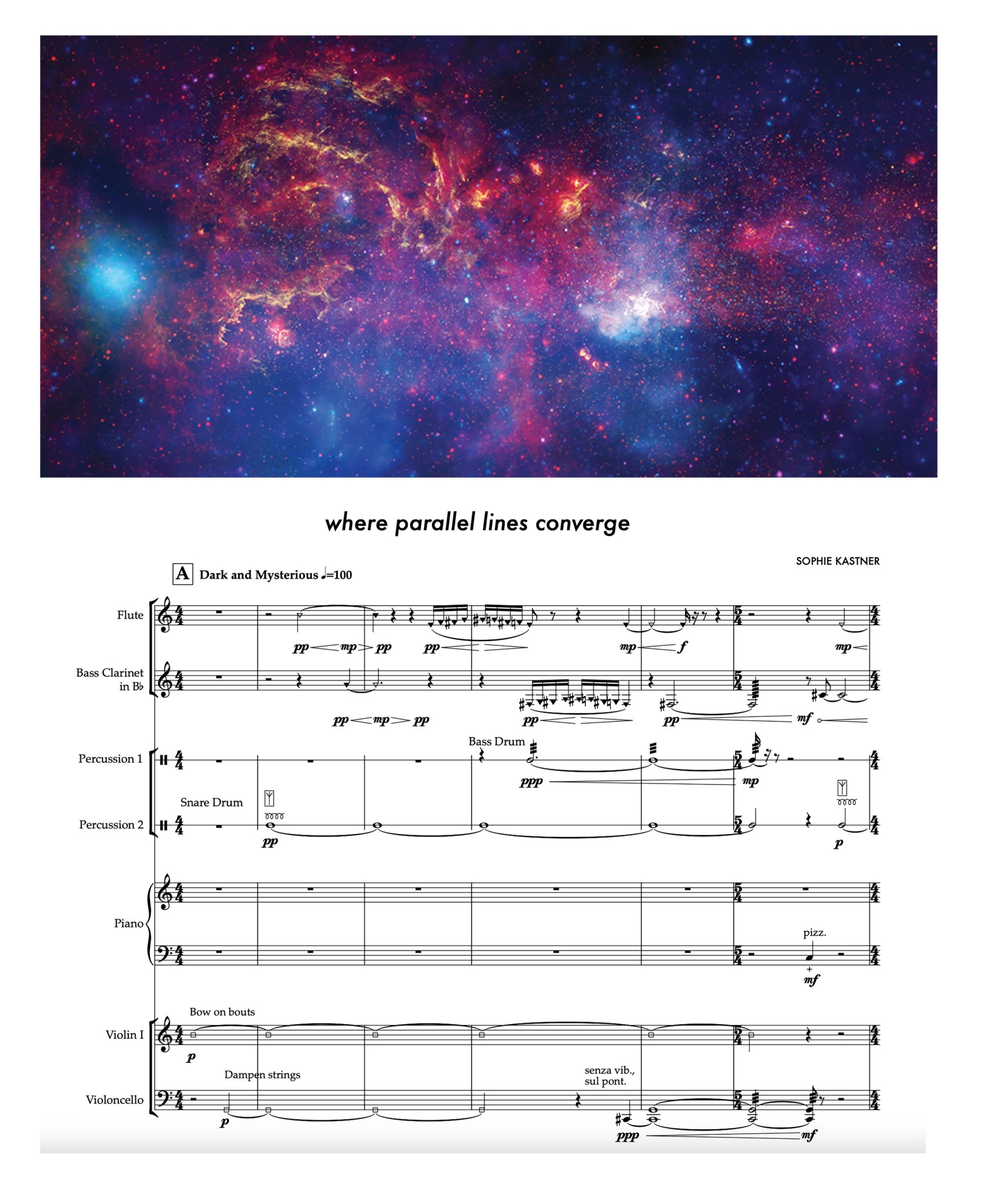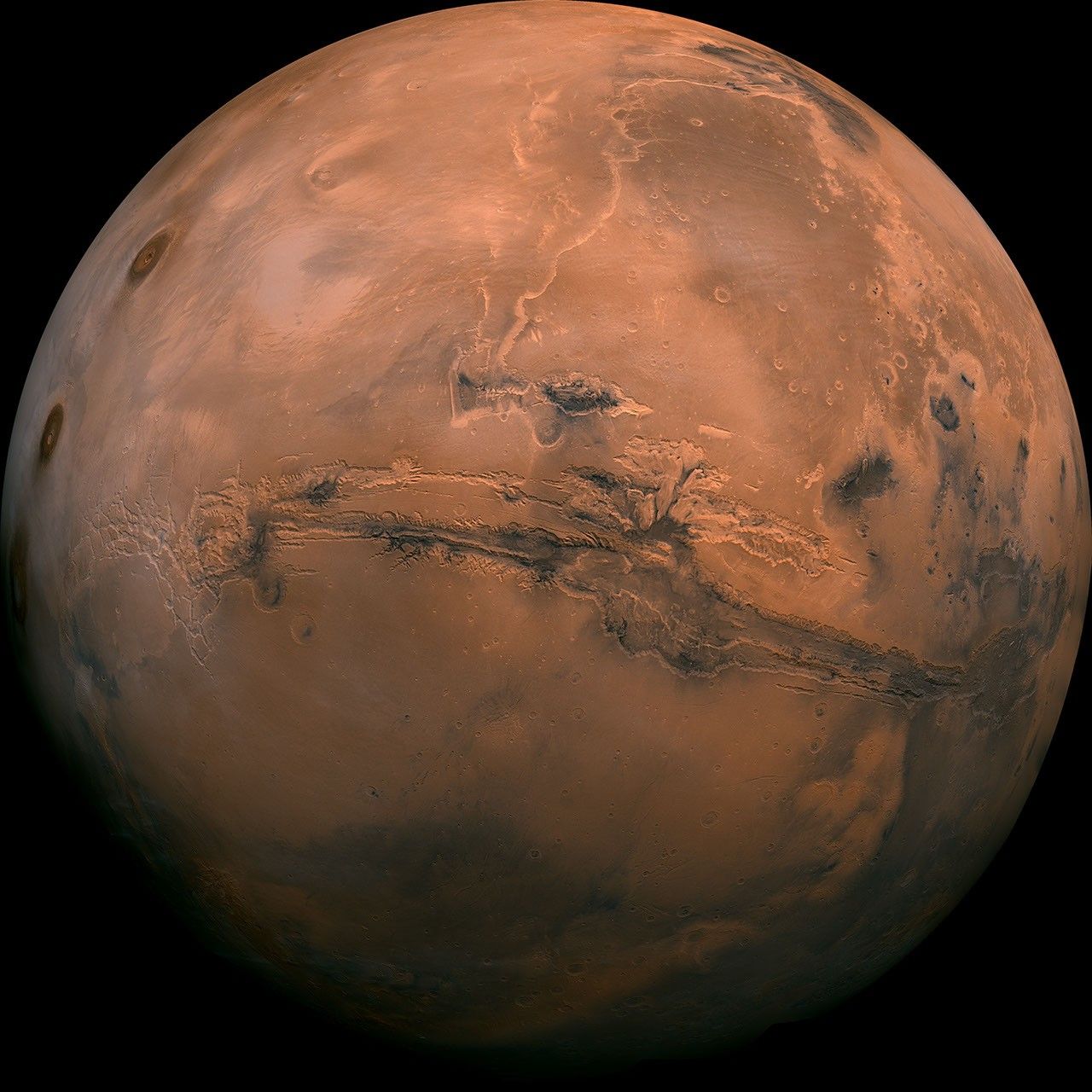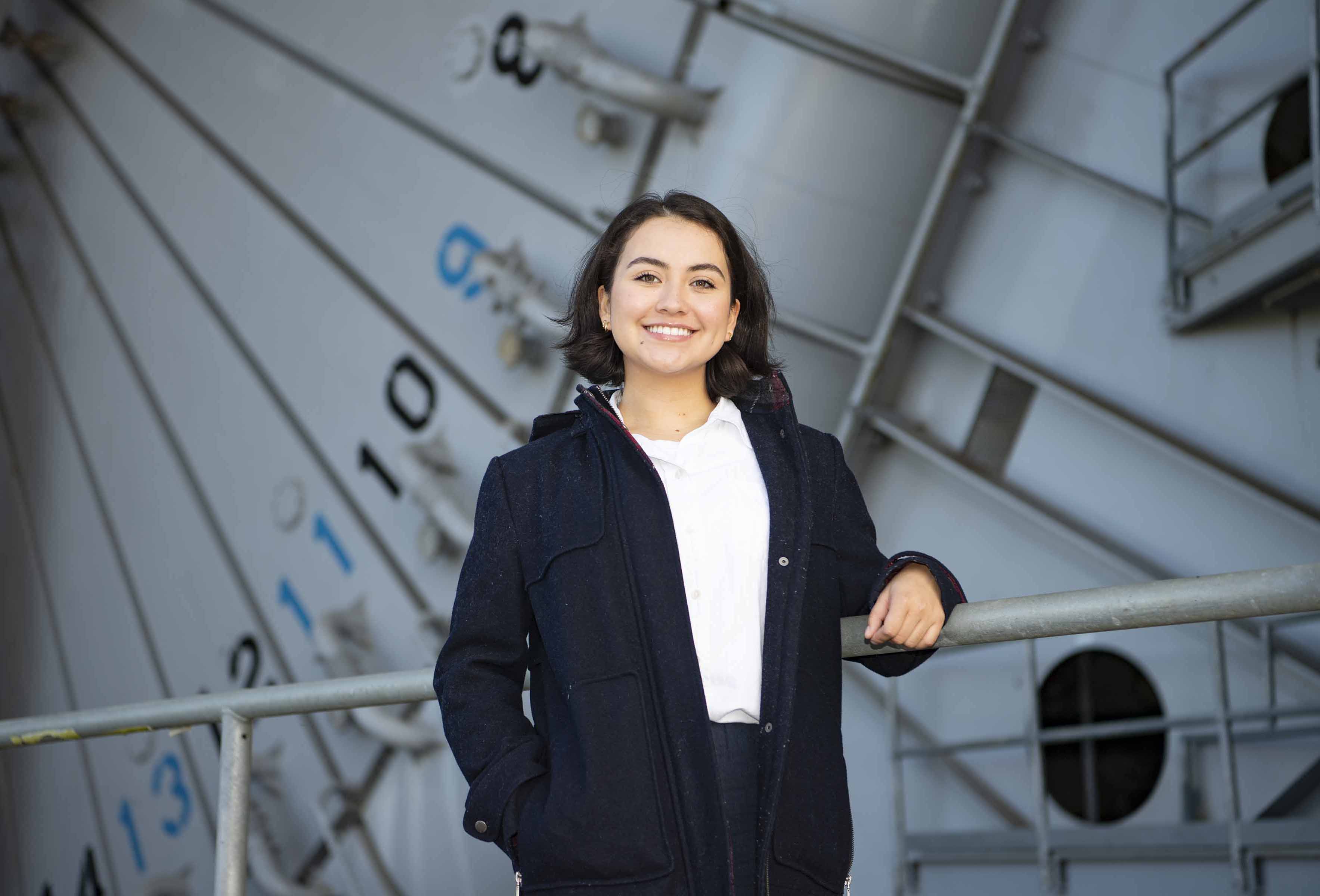NASA Telescope Data Becomes Music You Can Play
For millennia, musicians have looked to the heavens for inspiration. Now a new collaboration is enabling actual data from NASA telescopes to be used as the basis for original music that can be played by humans. Since 2020, the “sonification” project at NASA’s Chandra X-ray Center has translated the digital data taken by telescopes into notes and sounds. This process allows […]
4 min read
NASA Telescope Data Becomes Music You Can Play
For millennia, musicians have looked to the heavens for inspiration. Now a new collaboration is enabling actual data from NASA telescopes to be used as the basis for original music that can be played by humans.
Since 2020, the “sonification” project at NASA’s Chandra X-ray Center has translated the digital data taken by telescopes into notes and sounds. This process allows the listener to experience the data through the sense of hearing instead of seeing it as images, a more common way to present astronomical data.
A new phase of the sonification project takes the data into different territory. Working with composer Sophie Kastner, the team has developed versions of the data that can be played by musicians.
“It’s like a writing a fictional story that is largely based on real facts,” said Kastner. “We are taking the data from space that has been translated into sound and putting a new and human twist on it.”
This pilot program focuses on data from a small region at the center of our Milky Way galaxy where a supermassive black hole resides. NASA’s Chandra X-ray Observatory, Hubble Space Telescope, and retired Spitzer Space Telescope have all studied this area, which spans about 400 light-years across.

We’ve been working with these data, taken in X-ray, visible, and infrared light, for years,” said Kimberly Arcand, Chandra visualization and emerging technology scientist. “Translating these data into sound was a big step, and now with Sophie we are again trying something completely new for us.”
In the data sonification process, computers use algorithms to mathematically map the digital data from these telescopes to sounds that humans can perceive. Human musicians, however, have different capabilities than computers.
Kastner chose to focus on small sections of the image in order to make the data more playable for people. This also allowed her to create spotlights on certain parts of the image that are easily overlooked when the full sonification is played.
“I like to think of it as creating short vignettes of the data, and approaching it almost as if I was writing a film score for the image,” said Kastner. “I wanted to draw listener’s attention to smaller events in the greater data set.”
The result of this trial project is a new composition based upon and influenced by real data from NASA telescopes, but with a human take.
“In some ways, this is just another way for humans to interact with the night sky just as they have throughout recorded history,” says Arcand. “We are using different tools but the concept of being inspired by the heavens to make art remains the same.”
Kastner hopes to expand this pilot composition project to other objects in Chandra’s data sonification collection. She is also looking to bring in other musical collaborators who are interested in using the data in their pieces.
Sophie Kastner’s Galactic Center piece is entitled “Where Parallel Lines Converge.” If you are a musician who wants to try playing this sonification at home, check out the sheet music at: https://chandra.si.edu/sound/symphony.html.
The piece was recorded by Montreal based Ensemble Éclat conducted by Charles-Eric LaFontaine on July 19, 2023 at McGill University.
NASA’s Marshall Space Flight Center manages the Chandra program. The Smithsonian Astrophysical Observatory’s Chandra X-ray Center controls science operations from Cambridge, Massachusetts, and flight operations from Burlington, Massachusetts.
Read more from NASA’s Chandra X-ray Observatory.
For more Chandra images, multimedia and related materials, visit: https://www.nasa.gov/mission/chandra-x-ray-observatory/
Megan Watzke
Chandra X-ray Center
Cambridge, Mass.
617-496-7998
Jonathan Deal
Marshall Space Flight Center
Huntsville, Ala.
256-544-0034
What's Your Reaction?













































